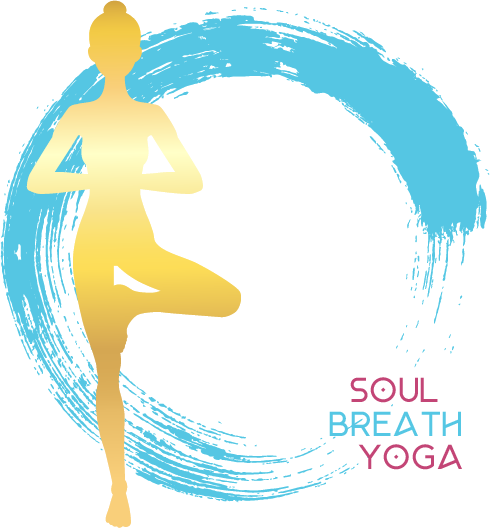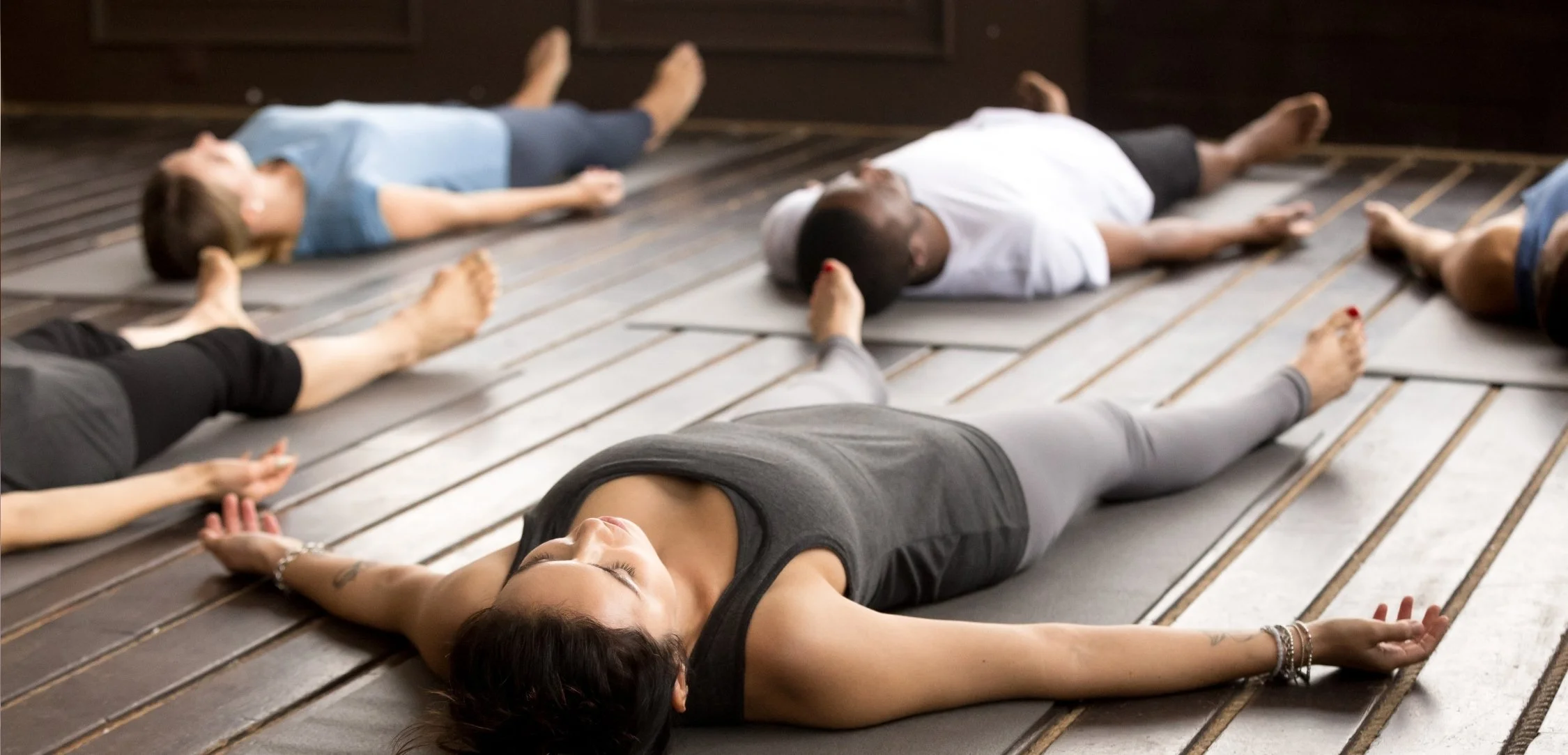
“Our Breathing is the only system in the body that is both completely automatic and also under our control. That is not an accident of nature, not a coincidence. That is an opportunity, an invitation, to take part in our own nature – our own evolution!”
— Dan Brulé
Upcoming Breathwork sessions:
Before signing up for a breathwork session, please read carefully all the information below as it holds important notes for your health and wellbeing.
Also please sign and submit the following form before breathwork. Thank you.
Every psychological state, every emotional state, every physiological state has a corresponding or associated breathing pattern. The way we breathe when we are peaceful and calm is different than the way we breathe when we are angry and upset.
When your state changes, your breathing pattern changes. It’s a two-way street: when you change your breathing pattern, you change your state! We can use the breath to hack into our nervous system, our brain, our immune system. We can use the breath to choose our state!
When we control our breathing, we control our awareness, our focus and our life force energy. When the breath flows fully and freely our natural creative and healing energies flow fully and freely.
Breathwork is...
Conscious breathing. Conscious breathing is the practice of breathing with awareness, intention and attention to your inner experience, in the present moment.
It is an experiential field of study and practice that encompasses a variety of breathing techniques utilised individually and in groups, to cultivate self-awareness and the enhancement of physical, emotional, cognitive, or spiritual well-being.
Used regularly, conscious breathing can help people develop the skill of relaxation, even in challenging situations and it is at the core of many psychological therapies, meditation and yoga practices.
Conscious breathing can be practiced by all ages in all circumstances including; schools, the workplace, hospitals, and during periods of stress.
Conscious Connected Breath ...
Is a simple & gentle conscious breathing technique. Conscious Connected Breathing (CCB) is a breathing pattern in which the breather intentionally connects the inhale with the exhale without any pauses.
CCB gives us access to our unconscious mind, and allows us to delve deep to explore our inner world.
By creating a cycle with the breath, we allow unresolved emotions and experiences to complete their own cycle. This is the natural path of healing, something being completed, integrated and resolved, which has been surppressed or frozen in the past.
Benefits of Breathwork
It helps access a profound state of relaxation where we can release psycho-physical tension and blocked emotions to create deeper calm and wellbeing within.
It helps relieve stress, anxiety, rage, depression or pain guiding us to feel peace within, creating a deep healing and a real and lasting transformation in our lives and wellbeing.
Increases energy levels in the body.
Detoxifies the body.
Decreases stress hormones.
Helps reduce inflammation.
Releases chronic tension from the body.
Improves the metabolism.
Increases sports performance.
Increases mental energy and concentration.
Improves mental health.
Helps to release residues of trauma from the subconscious.
Boosts creativity.
Improves self-awareness.
Helps to reconnect with yourself at a deeper level.
Opens us to intuitive insights.
It can bring you into an altered state of consciousness, where you’re more open to the wisdom of your soul.
How to practice
Practicing breathwork is as simple as showing up, bringing conscious awareness to the breath, and letting it guide us. However, to make the most out of your practice, follow these simple guidelines:
Practice in a nice and clean, well ventilated space where you can be undisturbed.
Wear loose, comfortable clothes
Set an intention.
Let go of expectations.
Trust your breath. It tends to bring up into our awareness the things we’re ready to experience.
Contraindications to Conscious Connected Breathwork
Breathwork results in certain specific physiological changes in the body and also can result in intense physical and emotional release. As a precaution, the following conditions are contraindicated in certain conscious connected breathwork practices. If you have any of these conditions please consult your Primary Care Physician before engaging in a breathwork session.
CARDIOVASCULAR DISEASE
Every time you breathe out, you’re exhaling carbon dioxide that was made by your body. A delicate balance of carbon dioxide is important to maintain the pH of your blood and your oxygen levels.
DETACHED RETINA OR GLAUCOMA
Increasing the rate of breathing can cause pressure in the head and neck. It’s advised against practising CCB for those a detached retina or glaucoma.
DIAGNOSED BRAIN OR ABDOMEN ANEURYSM
If there has been any damage to the brain and abdomen, increasing pressure within the blood vessels can be very dangerous. It is not advised to do CCB.
EPILEPSY
The autonomic nervous system regulates body functions like breathing. Seizures can disrupt this system. Bracing patterns of seizures can be triggered with CCB which may cause another seizure. Clients must consult their primary care physician or have a deep understanding of their body.
DIAGNOSED BIPOLAR OR SCHIZOPHRENIA
During CCB there might be a change in blood pH and brain chemistry. Activation without experience can be overwhelming. CCB can also release stress and trauma and participants may need more support in their practice.
UNCONTROLLED DIABETES OR THYROID CONDITIONS
Diaphragmatic breathing can effect blood sugar levels. If a participant has uncontrolled blood sugar levels, it is uncertain how the breathwork would effect them. We recommend the client consults their Primary Care Physician before doing any CCB.
HIGH BLOOD PRESSURE
Fast breathing activates the sympathetic nervous system, which increases heart rate, increasing overall blood pressure. The same is true for the opposite. Slow, deep breathing activates the parasympathetic nervous system which decreases the heart rate and dilates blood vessels, reducing your overall blood pressure. Those with high blood pressure are advised to consult with their primary care physician before practicing CCB.
PREGNANCY
During the practice of CCB, the breather can become hypocapnic. This means the level of carbon dioxide (CO2) in their lungs becomes very low. While pregnant, CO2 levels are already low & lung capacity reduced. While breathwork can be a beautiful tool during pregnancy, you can try a very gentle nose breath or other forms of breathwork & supporting exercises.
Disclaimer
Piroska Nagy | SoulBreathYoga is not a medical practice and facilitators are not medically trained professionals. If you suffer from any serious condition you should check with your medical practitioner prior to breathing with us.
Also it is imperative that you do not drive, operate heavy machinery, work with sharp objects or partake in any other potentially hazardous activities until you feel fully grounded. This may take some time so please plan accordingly.


